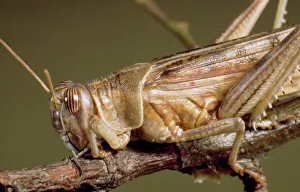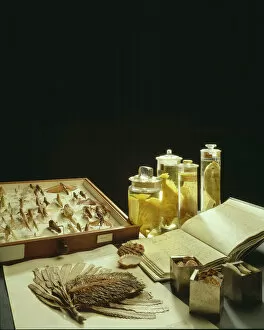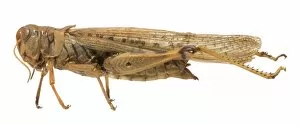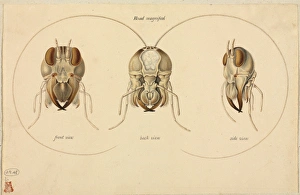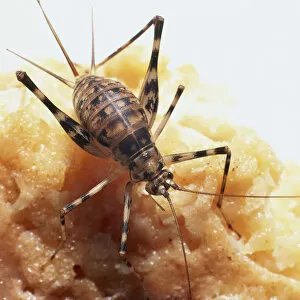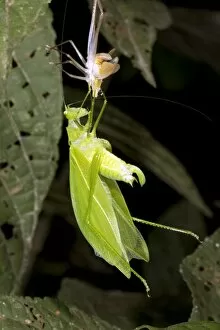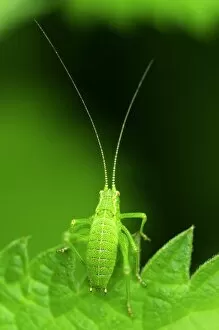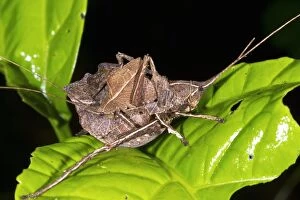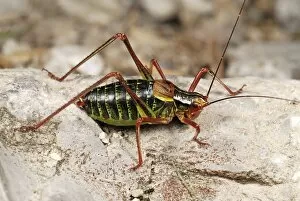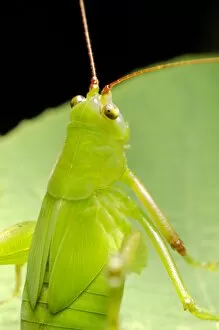Orthopteran Collection
Orthopterans, a fascinating group of insects, encompass various species such as the Schistocerca gregaria, commonly known as the desert locust
All Professionally Made to Order for Quick Shipping
Orthopterans, a fascinating group of insects, encompass various species such as the Schistocerca gregaria, commonly known as the desert locust. These creatures have caused havoc throughout history with their swarming behavior and insatiable appetite for crops. In museums worldwide, you can find an impressive collection specimens that showcase their diverse forms and intricate details. One example is the Gryllus sp. , where head views of crickets reveal their unique features and adaptations for producing sound. Another notable specimen is the Melanoplus spretus, also known as the Rocky mountain locust. Once abundant in North America, this species faced extinction due to human activities and habitat loss. The Schizodactylus monstrosus adds a touch of peculiarity to this group with its monstrous appearance. This dune cricket's elongated body and long legs allow it to navigate sandy environments effortlessly. Leaves play a crucial role in an orthopteran's life cycle; they serve as both food sources and hiding places from predators. Observing these insects amidst lush foliage provides insight into their ecological interactions within ecosystems. A female cave cricket seen from above showcases its unique anatomy adapted for living in dark caverns. Its long antennae aid in navigating through pitch-black environments while searching for mates or prey. Witnessing a bush cricket shedding its skin is truly remarkable; captured moments like C016 / 7741 and C016 / 7761 display this process up close. Shedding allows them to grow larger while discarding old exoskeletons that no longer accommodate their expanding bodies. In tropical regions, one might stumble upon mesmerizing scenes of mating tropical grasshoppers (C016 / 7738 & C016 / 7763). These colorful insects engage in elaborate courtship rituals before reproducing—a testament to nature's diversity and complexity. Orthopterans captivate us with their incredible adaptations, behaviors, and ecological roles.

